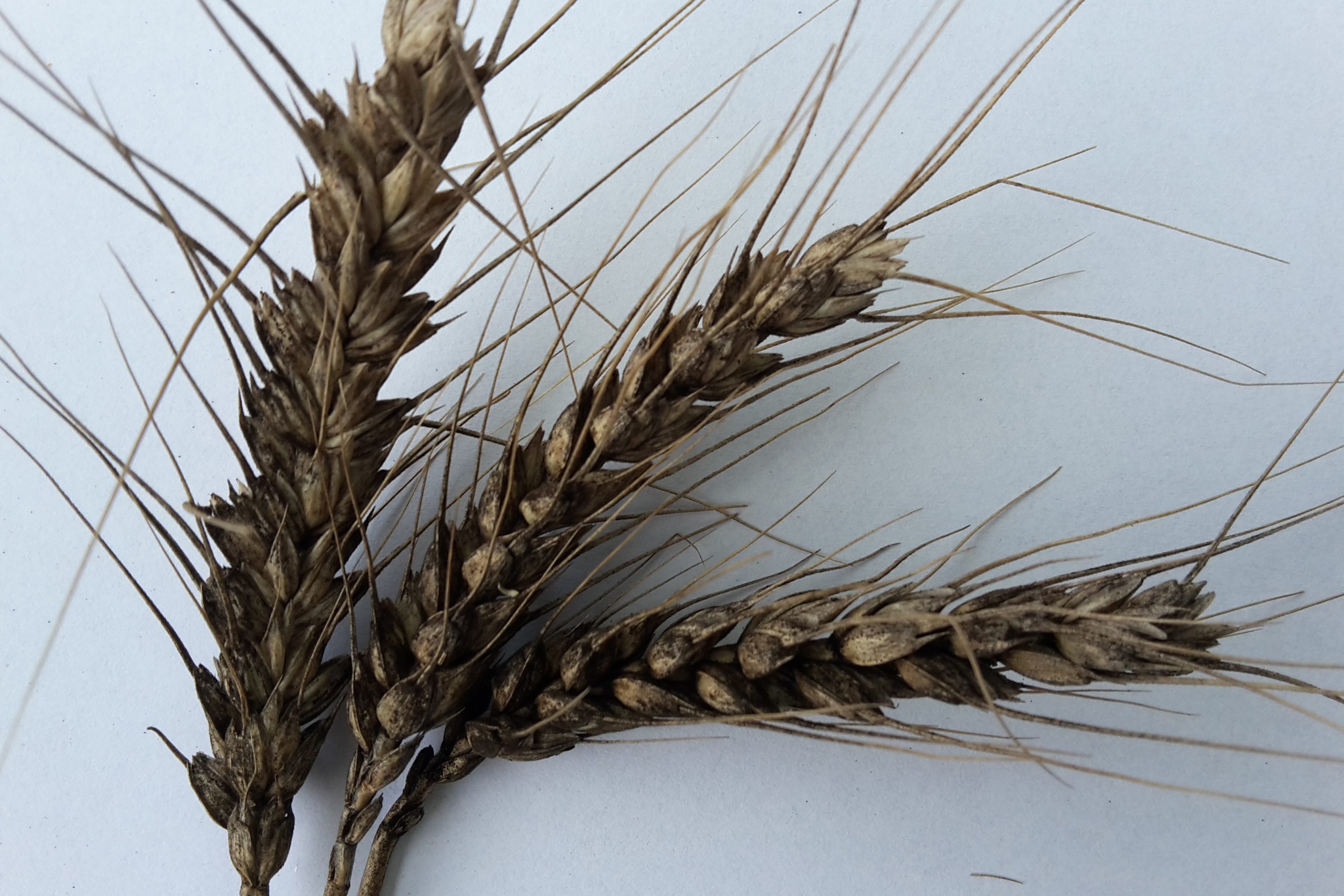Mycotoxins: Everlasting problem in pig nutrition

Mycotoxins are toxic substances produced by naturally occurring metabolic processes in fungi. Mycotoxins can invade the seeds before the actual harvest whilst the crop is still on the field, or alternatively, mould growth can occur during storage at the feed mill or on the farm.
As a result, high numbers of mycotoxins could already be present in the ingredients before they are received in feed mills or farms. Mould can also grow during feed processing especially when the temperature and humidity in the feed is increased during mixing. Finally, mould growth and mycotoxin production can also occur at the farm level from improperly cleaned silos, transport systems and feeders.
Mycotoxin production
The production of mycotoxins is enhanced by factors such as the moisture of the substrate (10 to 20%), the relative humidity (≥ 70%), the temperature (0 to 50°C, depending on the fungus species) and the availability of oxygen (Kanora and Maes, 2009).
The most important role of feed mills is to keep the levels of mycotoxins as low as possible while multi-mycotoxin contamination should be also avoided. Most of the mycotoxins occur concurrently and a commodity usually contains more than one mycotoxin at the same time.
Recognising typical symptoms in swine
Generally, pigs are more sensitive to mycotoxins than any other farm animal. Aflatoxins suppress the immune system and the first sign of aflatoxin contamination in the diet is decreased feed intake. Clinical signs, depending on the contamination level can range from reduced growth, to hepatosis, to death.
Among the trichothecenes, deoxynivalenol and T-2 toxin are the most relevant for the pig industry. T-2 toxin inhibits feed intake. Deoxynivalenol also reduces feed intake, decreases growth of the pigs and causes vomiting. The most frequently concurrently occurring non-specific symptoms of mycotoxin contamination in fattening pigs and piglets is decreased feed intake or feed refusal – very typical for deoxynivalenol (DON) contamination and diarrhoea.
Intestinal barrier functions compromised
It is known that DON is capable of compromising several intestinal barrier functions, including a decreased surface area available for nutrient absorption and potentiation of intestinal inflammation. Both feed refusal and diarrhoea might contribute to decreased daily weight gains and low FCR in growing pigs.
Ochratoxins are hepatotoxic and nephrotoxic and cause other particular chronic toxicities. The effects of ochratoxin intoxication are reduced growth, decreased weight gain and renal lesions.
Estrogenic effects of Zearalenone
Zearalenone mainly causes estrogenic effects in pigs. In pregnant sows it increases the occurrence of abortions and stillbirths. Young gilts and piglets are the most sensitive. Toxicity results in the reddening and swelling of the vulva, increased size of mammary tissue, straining with subsequent rectal and vaginal prolapse, as well as pseudo-pregnancy and false heat.
The piglets of affected sows may experience depressed piglet growth in utero, early embryonic mortality and born with splayed legs. Fertility problems surface at 100 to 200 ppb. Zearalenone also produces swelling of the prepuce in boars. Fumonisins cause pulmonary oedema in pigs. The target organs of fumonisins are the immune system, liver, lungs and pancreas. The gastrointestinal tract represents the first barrier against ingested chemicals, feed contaminants, and natural toxins.
Biological action of mycotoxins
Direct intestinal damage can be exerted by the biological action of mycotoxins. Mycotoxins affect the intestinal mucosa, nutrient absorption in the intestine, intestinal secretions and motility. Pathogen colonisation is enhanced while beneficial bacteria are affected by mycotoxins. Mycotoxins deoxynivalenol, T-2 toxin and fumonisins increase susceptibility of pigs to Salmonella typhimurium (Verbrugghe et al., 2012) while fumonisin B1 and B2 have clear interaction with Escherichia coli, Mycoplasma hyopneumoniae, Bordetella bronchiseptica and Pasteurella multocida (Pósa et at., 2011; Halloy et al., 2005; Pósa et al., 2013).
Exposure of piglets to fumonisin B1 increased the risk for PRRSV disease. More severe histopathological lesions were observed when pigs were exposed to FB1 and subsequently inoculated with PRRSV. The authors suggest that fumonisin B1 causes immunosuppression, facilitating PRRSV to induce more severe lesions (Ramos et al., 2010).
Applying a mycotoxin deactivator
A very effective step in mycotoxin management is the application of a mycotoxin deactivator. It is highly recommended to apply effective mycotoxin deactivator, which offers an opportunity to significantly improve animal health, performance, productivity and profit impaired by mycotoxins.
Depending on the target performance, different mycotoxins can be more or less problematic. Therefore, using different products for different animal groups become a rational trend.











